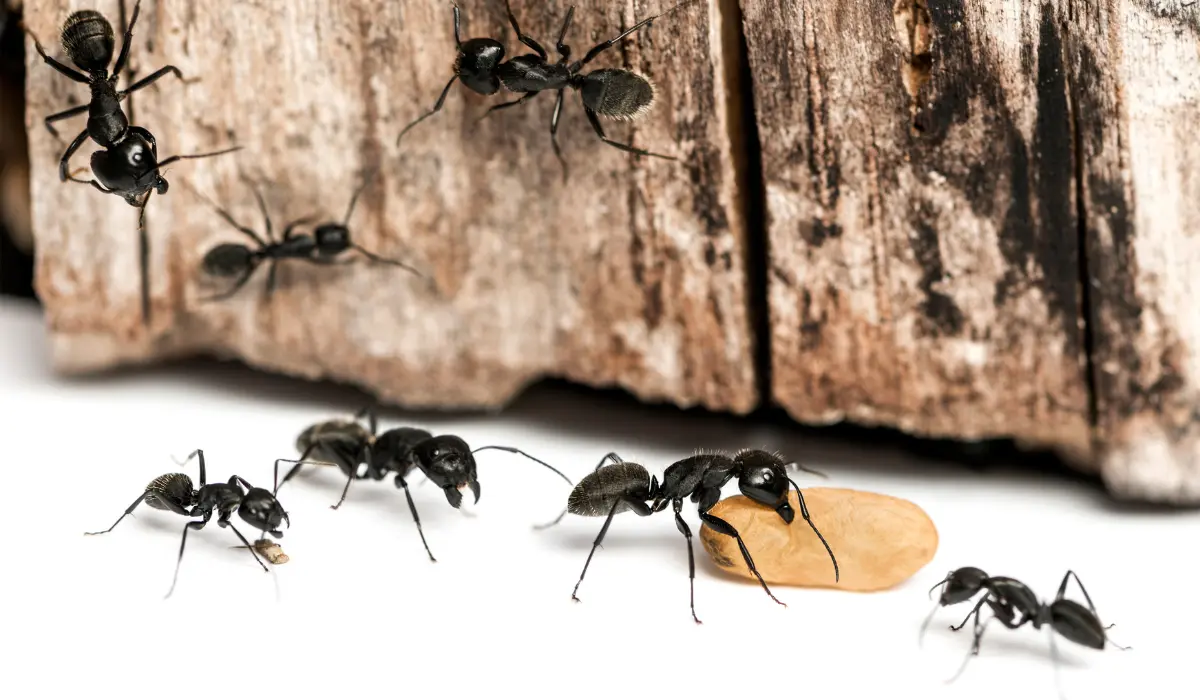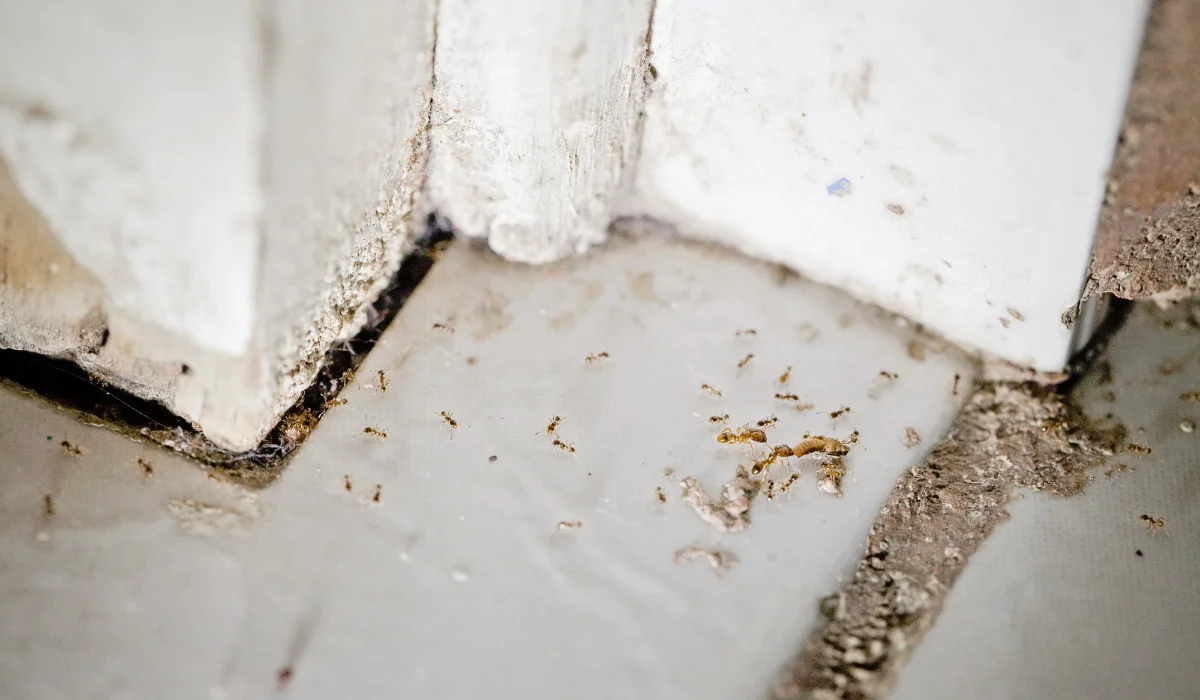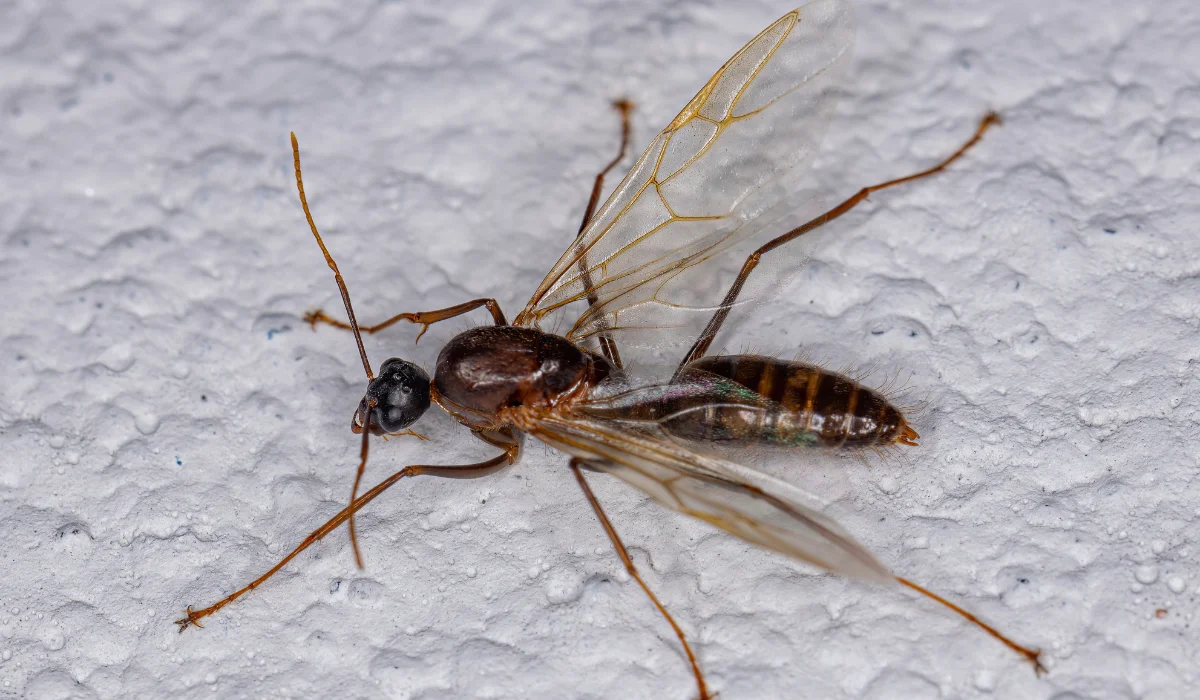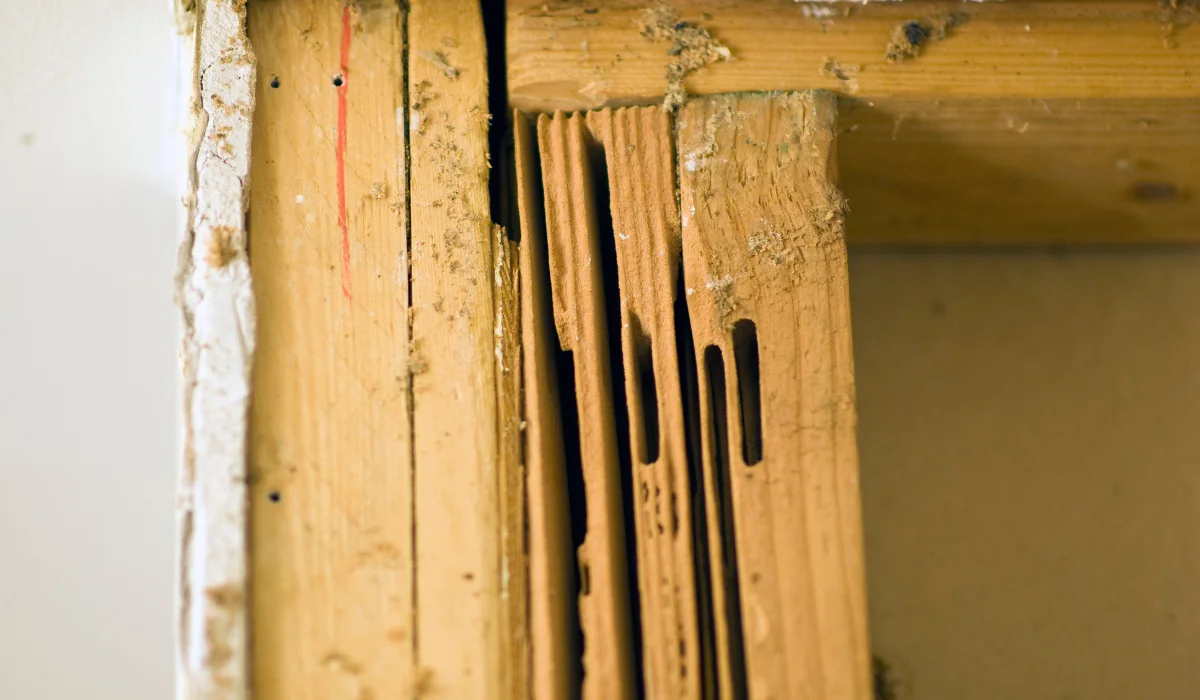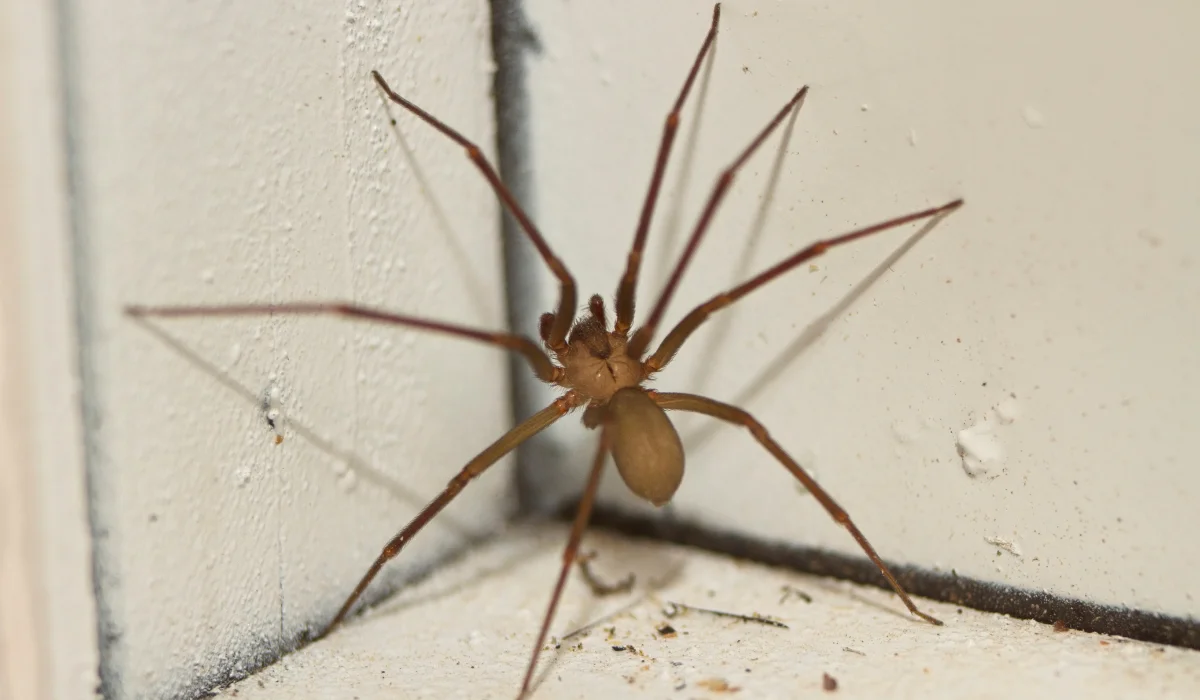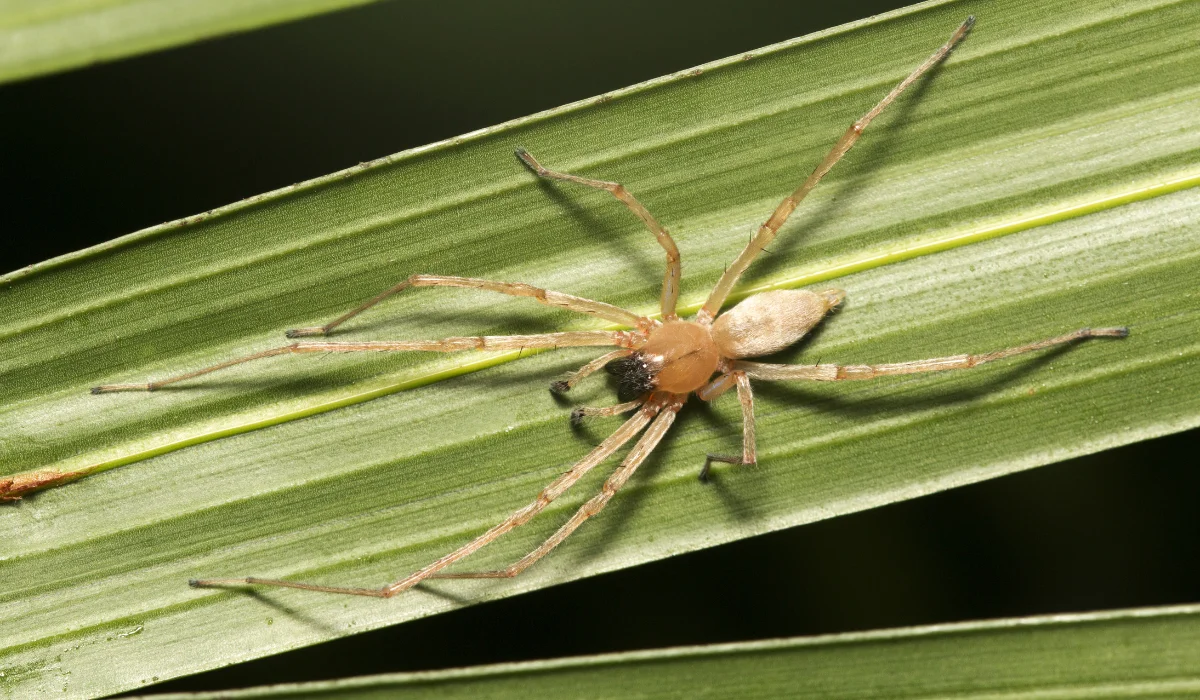Carpenter ants are a common nuisance in Louisiana, often causing significant damage to wooden structures.
These pests don’t actually eat wood, but they carve through it to build their nests, which can weaken buildings.
Have you ever wondered how to spot a carpenter ant infestation before it’s too late? Keep reading to learn more about dealing with these pesky invaders.
Key Takeaways
- Carpenter ants are large ants that can cause significant structural damage by hollowing out wood to build their colonies.
- These ants have a varied diet that includes insects, sugary liquids, and proteins, but they do not eat the wood they excavate.
- Signs of an infestation include piles of wood shavings, visible winged ants, and hollow-sounding wood in your home.
- To manage carpenter ant infestations, use DIY methods like sealing entry points and ant baits and apply natural remedies like essential oils.
- Professional pest control services offer specialized equipment and expertise for severe infestations to effectively treat and prevent further damage.
WHAT ARE CARPENTER ANTS?
Carpenter ants are large ants found in various regions, including Louisiana. Known for their ability to cause damage to wood structures, they can be particularly troublesome due to their colony-building behavior inside homes and buildings.
Physical Characteristics
Carpenter ants are among the largest species of ants and can be identified by their size and color. They have several distinct physical features, such as:
- Size: Worker ants range from 1/4 to 1/2 inch in length.
- Color: They are typically black, but some species can be reddish-brown or a combination of red and black.
- Antennae: Their antennae are elbowed, a trait common among ants.
- Thorax: They possess a smooth, rounded thorax when viewed from the side.
Life Cycle
Carpenter ants have a lifecycle that influences their infestation and colony behavior. Understand these stages to help you in executing carpenter ant control effectively:
| Stages | Description |
|---|---|
| Eggs | Queen ants lay eggs, which hatch into larvae. |
| Larvae | Larvae undergo a pupation process before becoming adults. |
| Adults | The colony has different types of ants: queens, workers, and males, each with distinct roles. |
Over time, the leading carpenter ant colony grows and may split to form new colonies, often contributing to a persistent problem.
Foraging and Diet
While they excavate moist wood, they don’t derive sustenance from the wood itself. As omnivores, their diet consists of a variety of food sources, such as:
- Insects: As opportunistic feeders, they consume living and dead insects, including other ant species, termites, and beetles.
- Sugary Liquids: Honeydew, a sweet, sticky substance produced by sap-sucking insects like aphids, is a vital part of their diet. If they find their way indoors, they also seek sugary food sources like drinks, fruits, and syrups.
- Proteins and Fats: Carpenter ants may also consume greasy or pet food for protein and fats to supplement their diet.
Types of Damage
Carpenter ant infestations can lead to significant structural damage, mirroring the impact of termites.
Common types of damage include:
| Types of Damage | Description |
|---|---|
| Wood Damage | They hollow out wood to make their nests, which weakens the structure. |
| Insulation Damage | Infestations can spread to insulation, reducing its effectiveness. |
| Aesthetic Damage | The presence of sawdust-like debris can dirty a home and indicate infestation. |
HOW TO IDENTIFY SIGNS OF CARPENTER ANT INFESTATIONS IN LOUISIANA
Detecting carpenter ant infestations early can prevent serious damage. Consider looking for these signs to understand if carpenter ants have settled in your home.
Visual Signs of Infestation
Identifying carpenter ant infestations starts with spotting visual clues, such as:
- Piles of Sawdust: Look for frass, a mixture of wood shavings and ant debris, often found near baseboards, window sills, and door frames.

- Winged Ants: The presence of winged carpenter ants around windows and lights, especially in early spring.

- Wood Damage: Trails of hollowed-out wood in structural beams, often hidden behind walls or inside wood that sounds hollow when tapped.

Where to Find Carpenter Ant Nests
Knowing where to look can reveal hidden nests. Typical nesting sites you should be aware of include:
- Moist Wood: Often found in areas with water leaks like bathrooms, kitchens, and basements where moisture softens the wood.
- Void Spaces: Spaces between walls, insulation, hollow doors, and other voids.
- Structural Wood: Beams, joists, and sills, especially those in contact with soil or exposed to damp conditions.
- Dead trees or branches: Prime nesting spots, especially if the wood is soft or rotting.
- Tree stumps: Stumps left behind after cutting down a tree can harbor carpenter ant colonies.
- Firewood piles: If you store firewood outdoors, especially in damp weather, it can attract carpenter ants and other species like red imported fire ants.
HOW TO GET RID OF CARPENTER ANT INFESTATIONS IN LOUISIANA
DIY Ant Control Methods
Using DIY pest control methods can help manage mild carpenter ant infestations. Consider these methods to address the problem at the source and reduce the number of ants in your home:
| Strategy | Description |
|---|---|
| Seal Entry Points | Identify and seal any cracks, crevices, or openings in the walls, windows, or foundation. |
| Clean Food Sources | Store food in airtight containers and immediately clean up crumbs and spills. |
| Ant Bait | Place ant baits near the areas where ants are most active. These baits contain insecticides that ants carry back to their colony. |
| Formic Acid | Apply formic acid around doorways, window sills, and baseboards to temporarily disrupt ants’ trails. |
| Natural Remedies | Use natural remedies like vinegar or essential oils like peppermint and tea tree oil. Spray around entry points and areas of high ant activity. |
HOW TO KEEP CARPENTER ANTS AWAY FROM YOUR LOUISIANA HOME
As homeowners in Louisiana, keeping carpenter ants away involves various strategies for maximum protection.
Preventative Measures
Preventative measures can help maintain a pest-free environment year-round. Here’s how you can manage your indoors for potential food sources:
- Seal Entry Points: Check and seal cracks in walls, foundations, and around windows.
- Store Food Properly: Keep food in airtight containers to prevent easy access.
- Clean Regularly: Wipe down surfaces, vacuum often, and remove the trash to eliminate attractants.
- Repair Leaks: Fix any plumbing leaks, as carpenter ants are attracted to moisture.
- Inspect for Swarmers: Check for winged ants inside the home, which can indicate an infestation.
Landscaping Tips
Proper landscaping is crucial in deterring carpenter ants and other pests, such as pharaoh ants, pavement ants, and odorous house ants.
You can maintain your property with these tasks:
| Actions to Take | Details |
|---|---|
| Keeping Vegetation Away | Trim trees and shrubs so they’re away from the house and limit ant bridges. |
| Removing Debris | Clear leaves, woodpiles, and other decaying organic matter. |
| Maintaining Dry Soil | Ensure the ground near the foundation isn’t overly damp to discourage ant nests. |
| Using Mulch Sparingly | Mulch can provide a hiding place for ants. Use it sparingly and keep it away from the foundation. |
| Checking for Aphids Regularly | Control aphids on plants to reduce honeydew, a favorite food source for many ants, including carpenter ants. |
PROFESSIONAL PEST CONTROL SOLUTIONS IN LOUISIANA
While DIY methods can help control minor infestations, professional pest control services are often necessary for more significant problems.
Some benefits of professional ant exterminators, like us LaJaunie’s Pest Control, are:
- Expertise and Knowledge: Our technicians are trained to identify and exterminate specific pests.
- Specialized Equipment: Our advanced tools reach and treat nests effectively.
- Customized Plans: Our pesticide treatments are designed based on the severity of the infestation and property type.
SHOULD YOU REACH OUT TO A PEST CONTROL PROFESSIONAL?
Dealing with carpenter ants can be challenging without professional help, but choosing the right pest control service can make a significant difference.
Whether you’re in Baton Rouge, Plaquemines, or New Orleans, seeking expert help should be easy. For immediate intervention for a severe infestation, let Lajaunie’s ant control specialists tailor a solution that’s right for your home.
For more information about the areas we service, visit our location page.
 By: LaJaunie's Pest Control
By: LaJaunie's Pest Control 